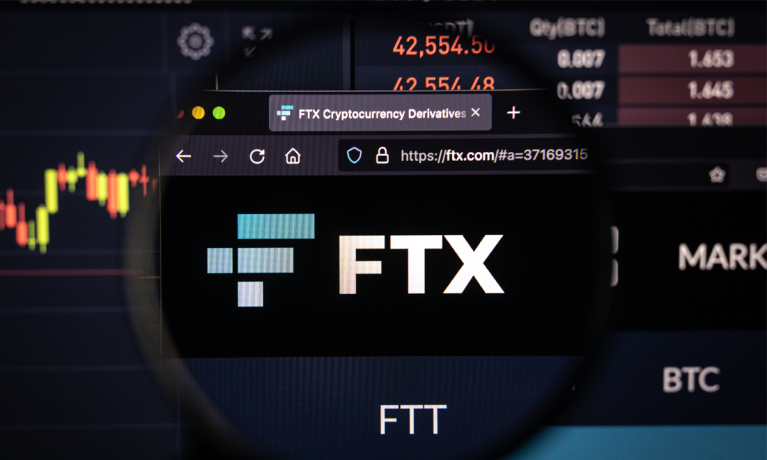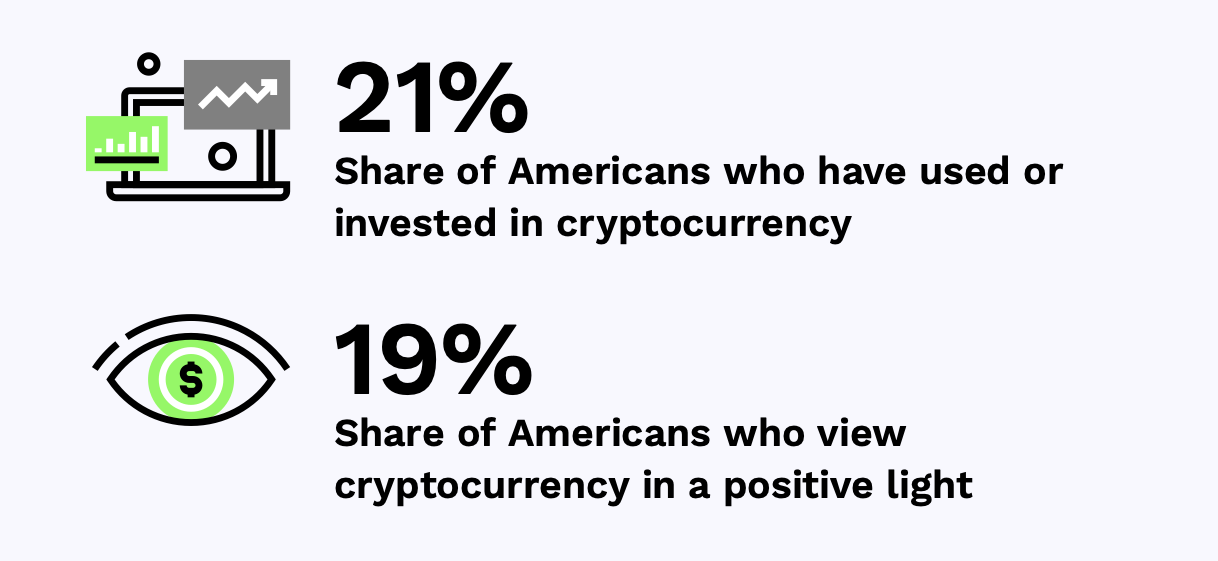
The aftershocks of the once-popular crypto exchange FTX’s recent and rapid demise last week continue to reverberate throughout the crypto and VC industries, rattling investor confidence and perceptions of stability across the sector.
The stunning implosion came about after it was revealed FTX used customer funds to bail out its sister trading firm, Alameda Research, to the tune of around $10 billion after Alameda itself suffered heavy losses due to trading strategies dating back to April 2021. Exchanges must back their customer funds 1:1 to ensure and insure liquidity.
Perhaps smelling blood in the water, Changpeng Zhao (CZ), the founder and CEO of the world’s largest cryptocurrency exchange Binance, on Nov. 6 began to unload his nearly $2 billion equity stake in FTX held primarily via FTX’s token called FTT. This triggered fears that FTX was unable to pay its debts and that CZ knew something other investors didn’t.
The FTT digital token makes up nearly 60% of FTX’s assets. Sam Bankman-Fried (SBF), the since-resigned CEO and founder of both FTX and Alameda Research, used FTT to shore up the balance sheet of Alameda. CZ’s actions caused a “run” on FTX, as the exchange’s customers started to withdraw $6 billion of their own money, crashing the price of FTT tokens by 72%. Binance quickly offered to acquire FTX, which at its peak was valued at $32 billion, as part of a rescue deal. The merger would solidify Binance’s position as the globe’s top cryptocurrency exchange and market-making platform.
However, the price crash wiped out Alameda Research and revealed to Binance that the “emperor had no clothes” so to speak — and CZ subsequently pulled out of the deal to purchase FTX, leaving SBF with little to no recourse to save his company and return money to his investors.
Practically overnight from Nov. 8 and Nov. 9, SBF’s net worth plummeted 94%, the largest single fall in recorded history, from around $15 billion to $900 million, as more of FTX’s leadership failures and lack of appropriate internal controls continued to come to light. By Friday (Nov. 11), SBF had resigned as CEO (though he remains with FTX) and the company had paused all customer withdrawals, filing for bankruptcy protection alongside more than 130 other affiliated companies.
On Saturday (Nov. 12), FTX announced it was investigating a hack where $473 million of cryptocurrency assets were moved from the exchange under “suspicious circumstances” as a result of unauthorized third-party access.
Given how much new information has come to light over just the past week, it is a safe bet that even more will be revealed in the coming months. While the scandal and its fallout occurred across cryptocurrency marketplaces, the tactics SBF and FTX are being accused of deploying resemble those of a standard Ponzi scheme rather than a blockchain-based, crypto-native scam. Still, the reputation of cryptocurrency marketplaces and platforms has likely been irreparably damaged by FTX’s failures.

It is not clear whether investors who trusted the platform to manage their cryptocurrency investments will get any of their money back, and there is growing speculation that SBF and other members of the FTX leadership team may face criminal charges for their role in the exchange’s collapse. SBF is currently under investigation in the Bahamas, and regulators in several countries have taken action against the company.
For all PYMNTS crypto coverage, subscribe to the daily Crypto Newsletter.